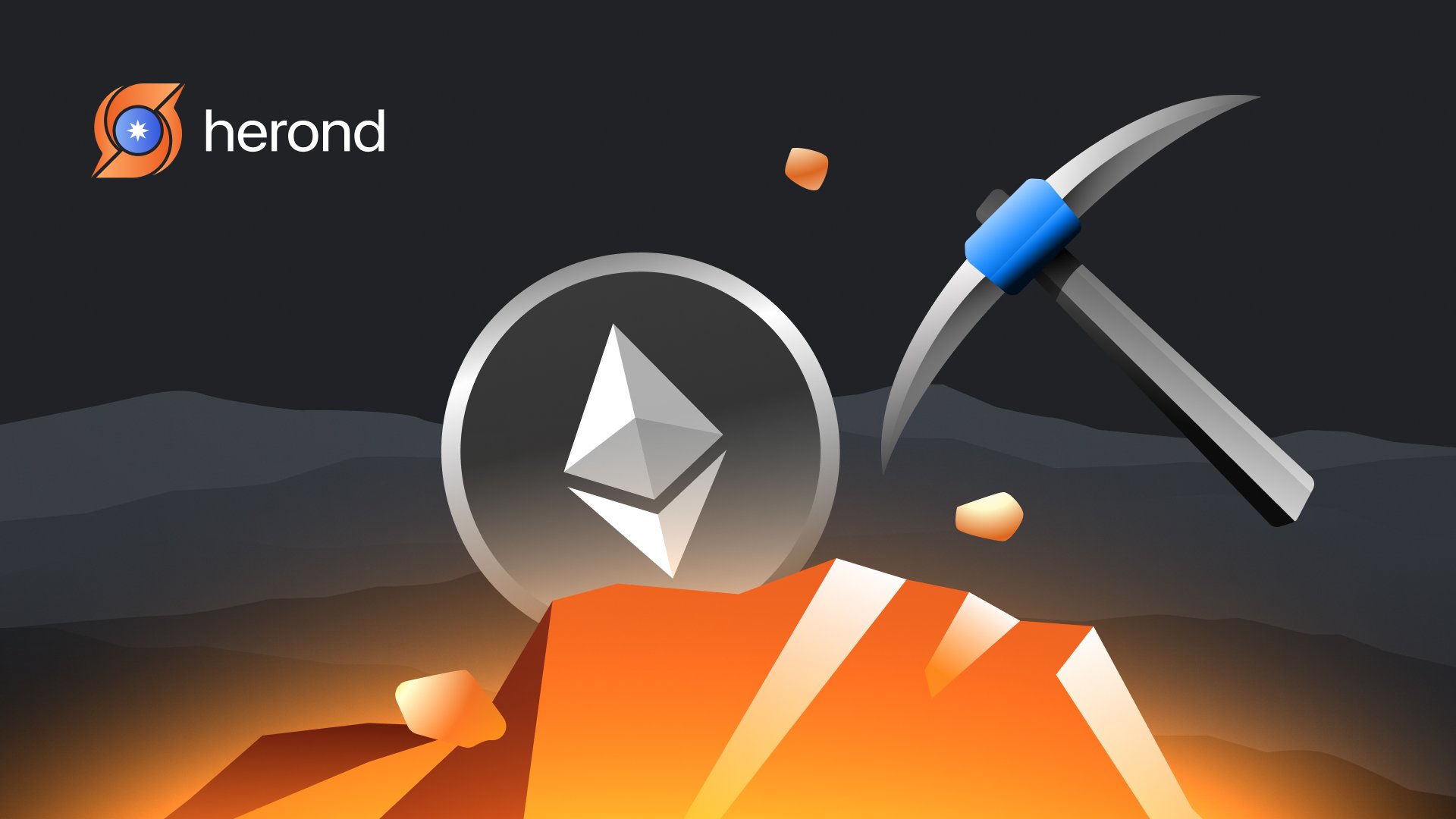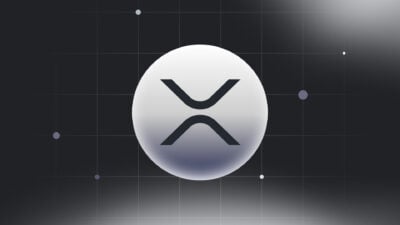Ethereum, a leading cryptocurrency, relies on mining to validate transactions and secure its network. However, as the crypto landscape evolves, ETH mining faces several significant challenges, including the transition to Proof of Stake (PoS), rising regulatory scrutiny, and environmental concerns. Understanding these hurdles is essential for anyone involved in or considering ETH mining. This article explores the current challenges miners encounter and their implications for the future of ETH mining.
What is ETH Mining?
ETH mining, or Ethereum mining, is the process by which transactions on the Ethereum network are verified and added to the blockchain. This process involves solving complex mathematical puzzles, a mechanism known as Proof of Work (PoW), to secure the network and maintain its integrity.
How ETH Mining Works
ETH mining is the process through which transactions on the Ethereum network are validated and added to the blockchain, using a Proof of Work (PoW) mechanism.
Miners collect transactions from a mempool to create a new block, which includes a nonce and a list of transactions. They then compete to solve a cryptographic puzzle, adjusting the nonce until a valid hash is found. The first miner to succeed broadcasts the block, which is verified by others and added to the blockchain. Successful miners earn rewards in the form of newly minted ETH and transaction fees. The network adjusts mining difficulty approximately every 14 days to maintain consistent block times. Miners typically use powerful GPUs or ASICs and often join mining pools to increase their chances of success. As Ethereum transitions to Proof of Stake (PoS) with Ethereum 2.0, this will shift the validation process to staking, aiming to reduce energy consumption and enhance scalability. Overall, ETH mining is vital for securing the network and ensuring its functionality.
Current Challenges of ETH Mining
ETH mining currently faces several challenges that impact miners, the network, and the broader cryptocurrency ecosystem. Here’s an overview of the key challenges:
Transition to Proof of Stake (PoS)

Ethereum is transitioning from a Proof of Work (PoW) to a Proof of Stake (PoS) consensus mechanism with Ethereum 2.0. This shift will reduce the need for mining, impacting miners’ profitability and viability as they must adapt to a staking model instead.
High Energy Consumption and Environmental Concerns
PoW mining is energy-intensive, leading to significant electricity consumption and carbon emissions. This has raised environmental concerns and scrutiny from regulators, potentially resulting in restrictions or bans in certain jurisdictions.
Increased Mining Difficulty
As more miners join the network, the difficulty of mining increases. This makes it harder for individual miners to successfully mine blocks, which can decrease profitability, especially for those using less efficient hardware.
Hardware Costs and Availability
The rising costs of mining equipment, such as GPUs and ASICs, along with supply chain disruptions, make it challenging for miners to acquire efficient hardware. This can limit new entrants and force existing miners to invest heavily to remain competitive.
Market Volatility
The value of ETH can be highly volatile, affecting mining profitability. Sudden drops in price can make mining economically unviable for many operators, leading to potential shutdowns or exits from the market.
Regulatory Challenges
Regulatory scrutiny surrounding cryptocurrency mining is increasing globally. Laws and regulations can vary significantly by region, posing challenges for miners in terms of compliance, licensing, and operational viability.
Network Congestion
High transaction volumes can lead to network congestion, impacting mining efficiency and the reward structure. This congestion can result in increased transaction fees and slower confirmation times, further complicating the mining landscape.
Security Risks
Miners face security threats, including hacks targeting mining operations and wallets. The need for robust security measures is paramount to protect assets and maintain the integrity of mining operations.
Strategies for Overcoming Challenges of ETH Mining

Following all challenges listed above, here are several recommended strategies that ETH miners can employ to overcome the current challenges they face:
Adapting to the Transition to Proof of Stake (PoS)
- Stake ETH: As Ethereum transitions to PoS, miners can begin staking their ETH to earn rewards in the new system. Engaging with the staking ecosystem early can help miners transition smoothly and maintain profitability.
- Explore Alternative Cryptocurrencies: Miners can diversify their operations by exploring other cryptocurrencies that still utilize PoW or are profitable to mine. This allows them to leverage existing hardware in different networks.
Improving Energy Efficiency
- Invest in Renewable Energy: Miners can explore renewable energy sources such as solar, wind, or hydropower to reduce energy costs and lessen environmental impact. Some mining operations have successfully utilized off-grid energy solutions to improve sustainability.
- Optimize Mining Setup: Utilizing energy-efficient hardware and optimizing cooling systems can significantly reduce electricity consumption. Keeping systems updated and well-maintained can also enhance performance.
Utilizing Advanced Mining Hardware
- Upgrade Equipment: Investing in the latest GPUs or ASIC miners can improve hashing power and efficiency. While the initial investment may be high, the long-term returns can justify the cost.
- Join Mining Pools: By joining a mining pool, individual miners can combine resources to increase their chances of successfully mining blocks. Pools typically offer more stable payouts, helping mitigate the effects of increased difficulty.
Implementing Effective Risk Management
- Monitor Market Trends: Keeping an eye on Ethereum’s price trends and market dynamics can help miners make informed decisions about when to mine, when to sell, and when to hold their assets.
- Diversify Holdings: Maintaining a diversified portfolio that includes different cryptocurrencies can spread risk and provide stability against market volatility.
Leveraging Layer 2 Solutions
- Explore Layer 2 Technologies: Engaging with Ethereum’s Layer 2 solutions (like Optimistic Rollups or zk-Rollups) can help miners benefit from lower transaction fees and faster processing times, improving overall profitability.
Conclusion
In conclusion, ETH mining is at a pivotal crossroads, facing numerous challenges that could reshape the landscape of the ETH network. The transition to Proof of Stake, environmental concerns, regulatory scrutiny, and market volatility all present significant hurdles for miners. However, by adapting strategies, optimizing operations, and engaging with the broader community, miners can navigate these challenges and continue to play a vital role in securing the network. As ETH evolves, understanding and addressing these issues will be crucial for the future sustainability and success of ETH mining in an increasingly competitive and dynamic environment.
About Herond Browser

Herond Browser is a Web browser that prioritizes users’ privacy by blocking ads and cookie trackers, while offering fast browsing speed and low bandwidth consumption. Herond Browser features two built-in key products:
- Herond Shield: an adblock and privacy protection tool;
- Herond Wallet: a multi-chain, non-custodial social wallet.
Herond aims at becoming the ultimate Web 3.0 solution, heading towards the future of mass adoption. Herond has now released the mobile version on CH Play and App Store. Join our Community!







